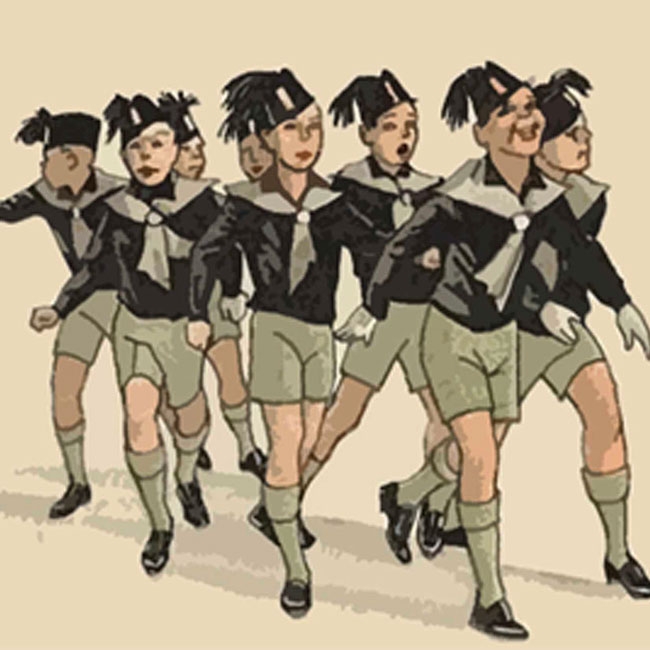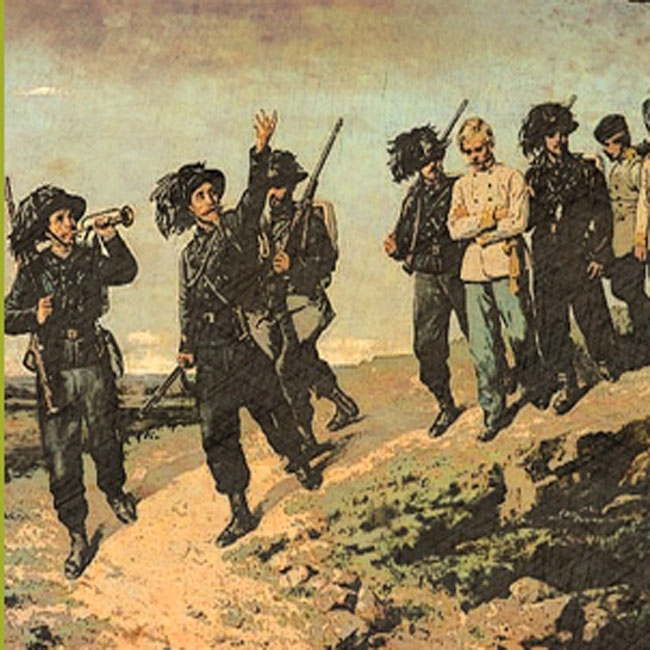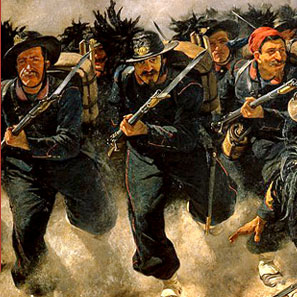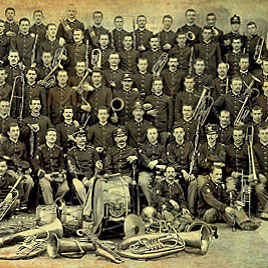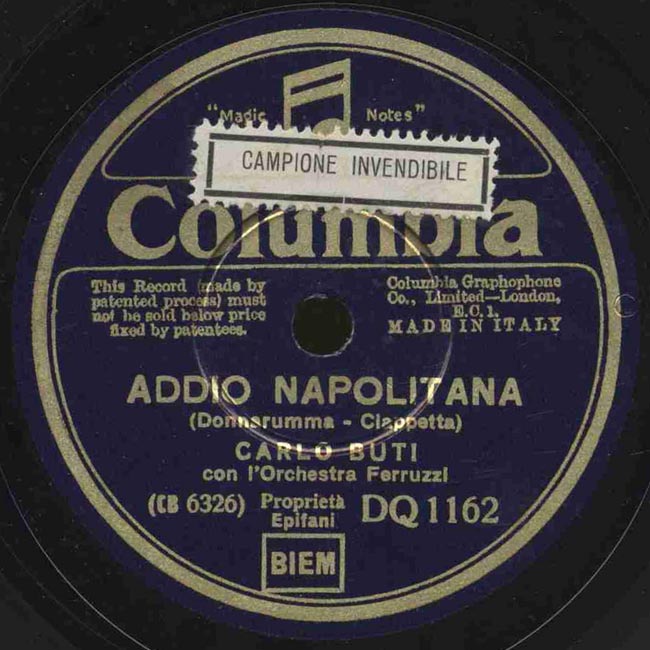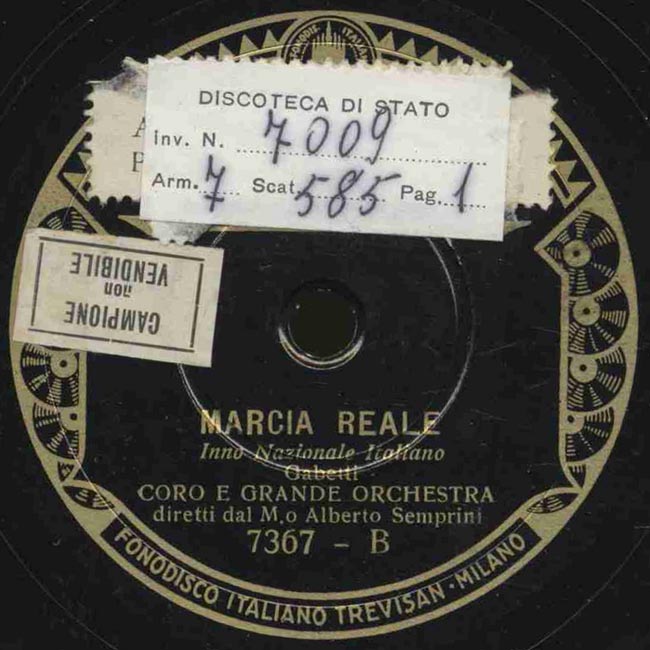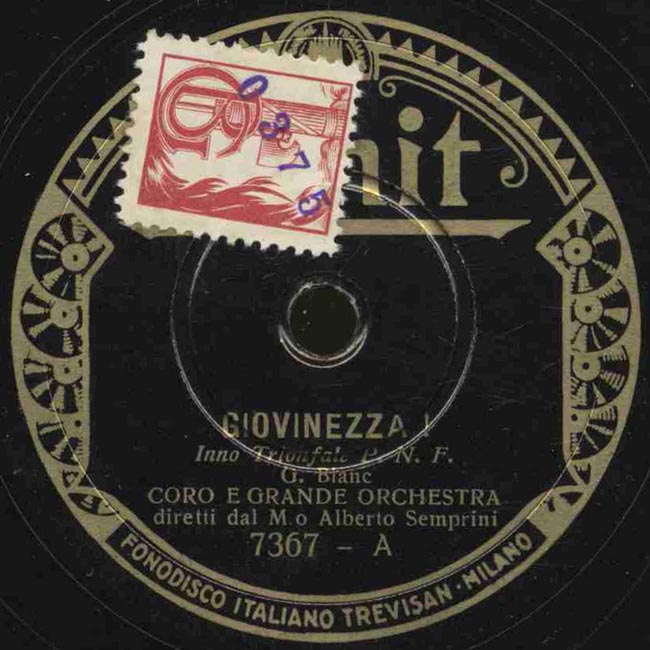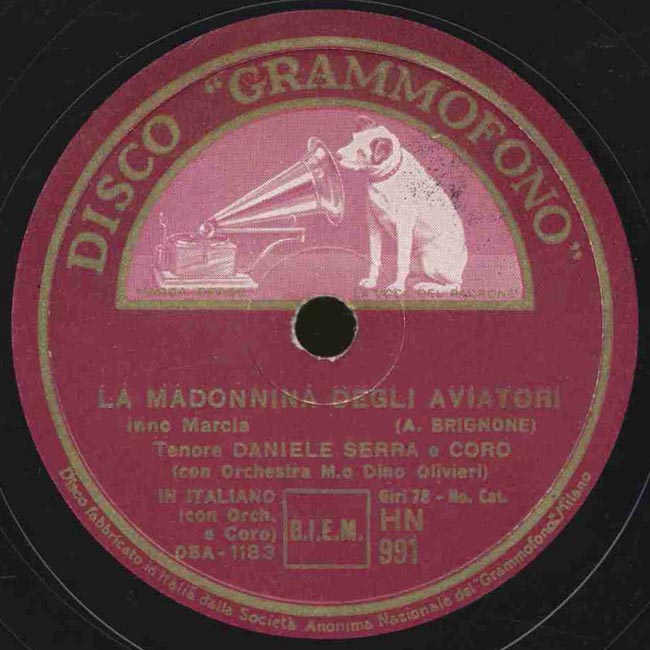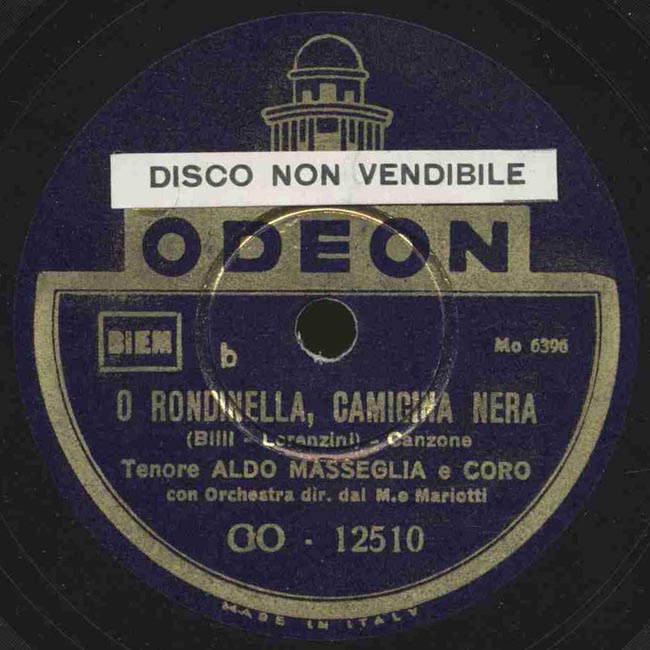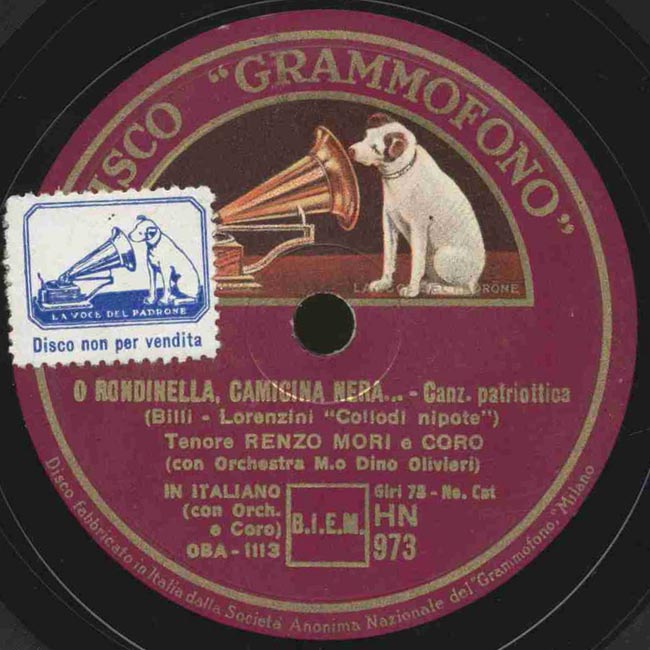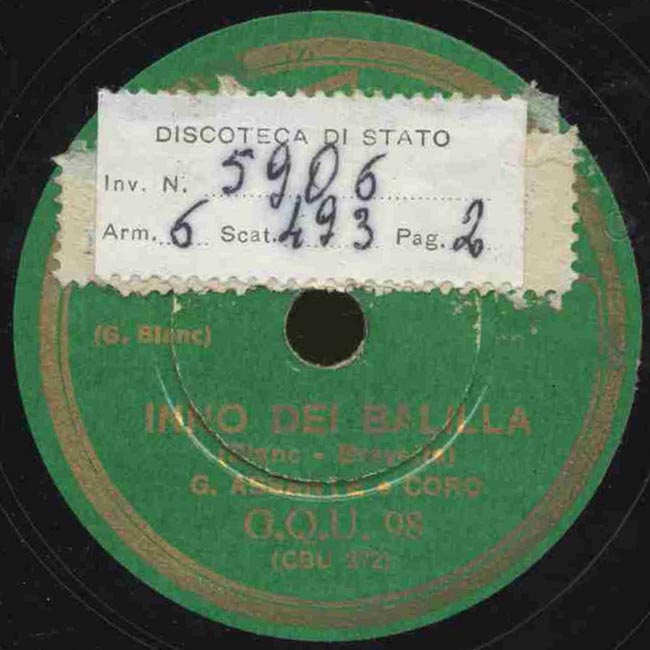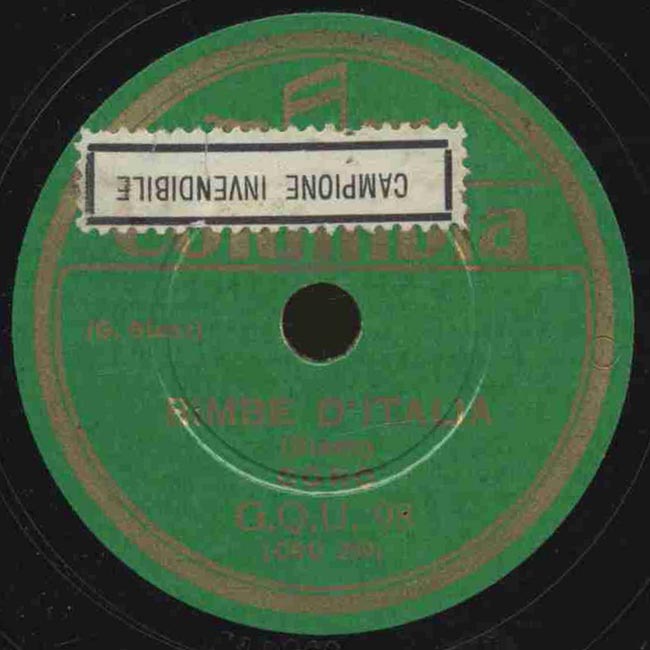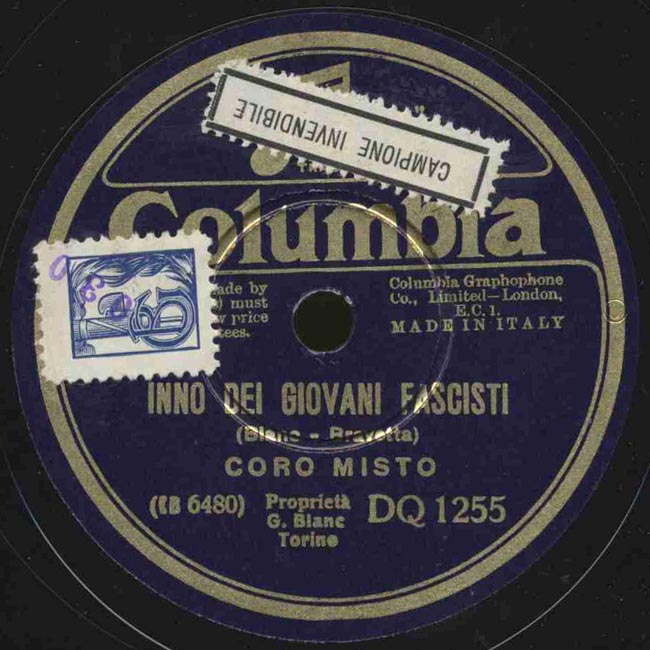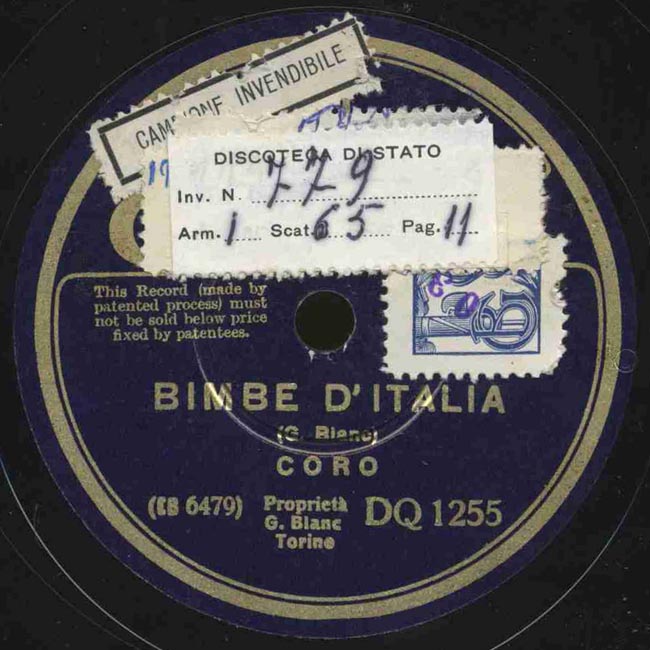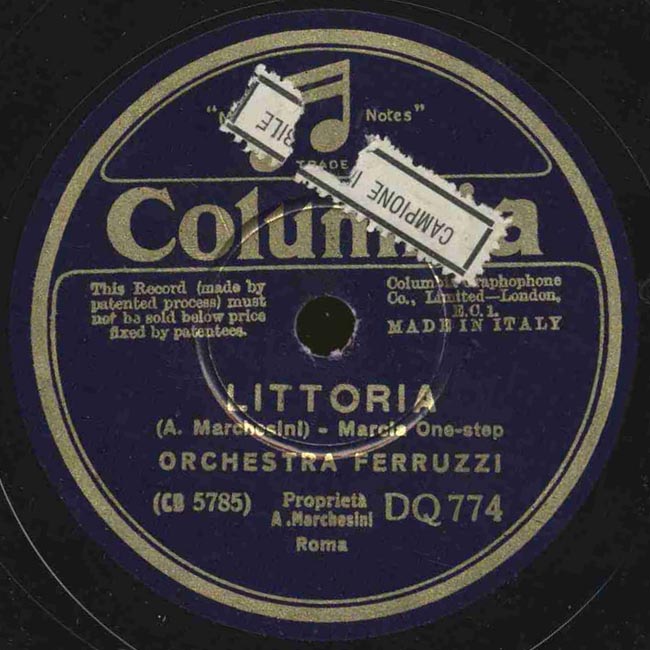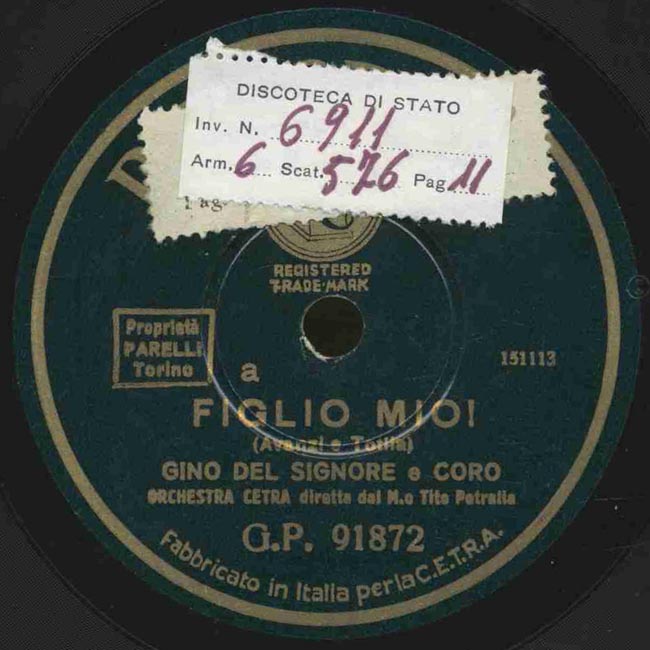PATRIOTIC SONGS, HYMNS AND MARCHES
Songs and hymns promoting social cohesion and patriotism are an important part of Italian culture, and have played a leading role at various times, inciting action and/or reinforcing a sense of identity. They punctuated both the most glorious times and the darkest stages of our national history, from the Renaissance to the Unification, from the Great War to the Fascist period, and up to the Resistance. Thanks to a widespread diffusion in the city and in the countryside, both among the middle classes and proletarian groups, patriotic songs and hymns gave a strong impetus to the creation of a repertoire in Italian long before the birth of an Italian songbook itself. This repertoire has a very complex genesis which reflects the different souls of Italy between 1800 and 1900; the music includes anonymous tunes that were already circulating orally, as well as melodies specially composed by professional and amateur authors. However, the lyrics were mostly the work of writers motivated by civic engagement, as in the case of Mazzinian Goffredo Mameli, who in 1847 at age 20 wrote the verses of what would become the national anthem to a score composed by twenty-five year old ‘military music chief’ Michele Novaro: Il canto degli Italiani (The song of the Italians), later known as Fratelli d’Italia (Brothers of Italy). Nonetheless, when the Kingdom of Italy was proclaimed, the music that was adopted as the anthem of the new state was the Marcia Reale (Royal March) by Giuseppe Gabetti, composed a few years earlier for the Kingdom of Sardinia.
Marches are another important chapter of the national discography and still perform a ritual function during official ceremonies, representing military corps such as the army, the navy, the carabinieri and others. This repertoire also took shape during the 1800s – the century of nationalisms – and was added to over the years and decades to finally stabilize around the middle of last century. Alongside hymns and patriotic songs, marches too swiftly entered the repertoire of bands and brass bands, playing an educational role both musically and in fostering a civic sentiment, contributing to the spread of a sense of belonging.

